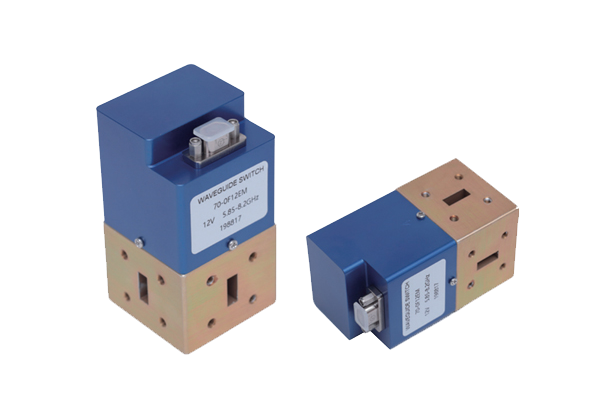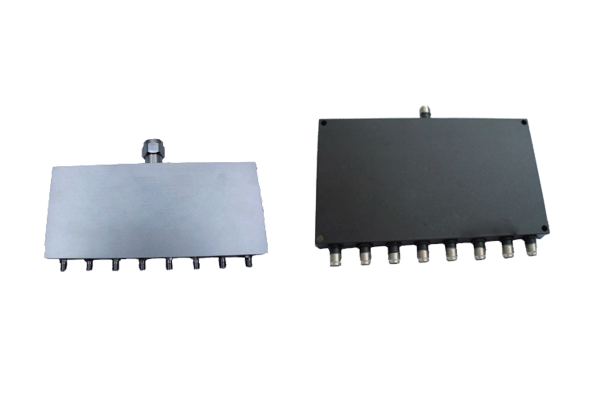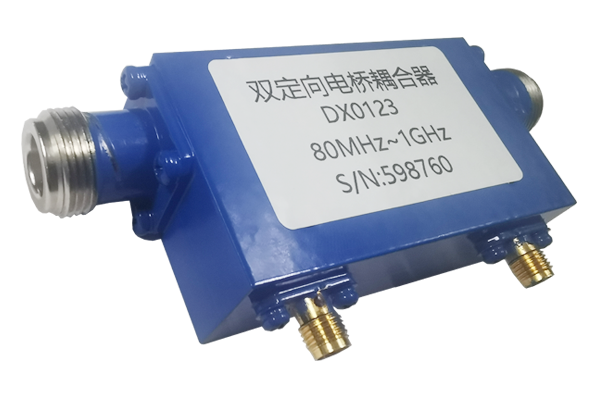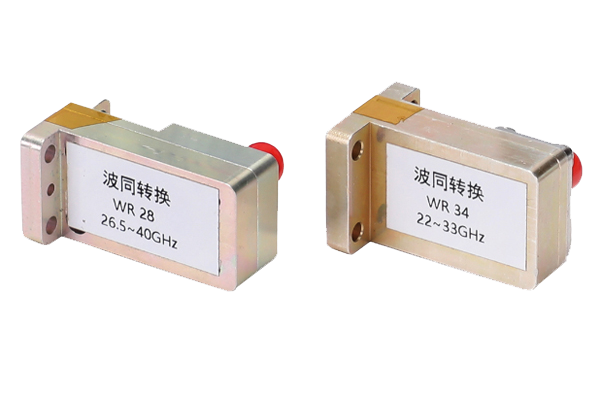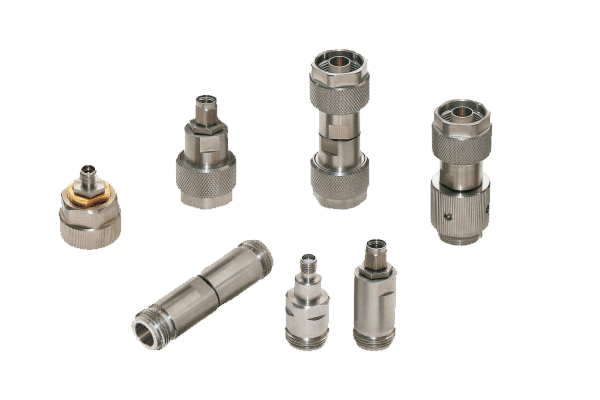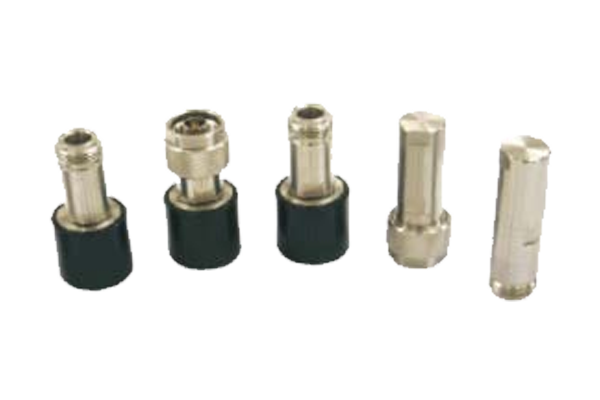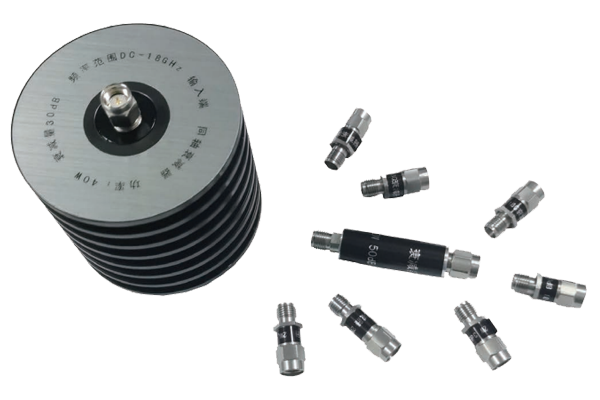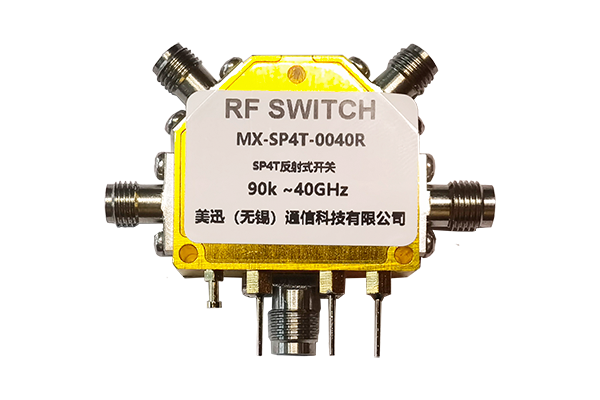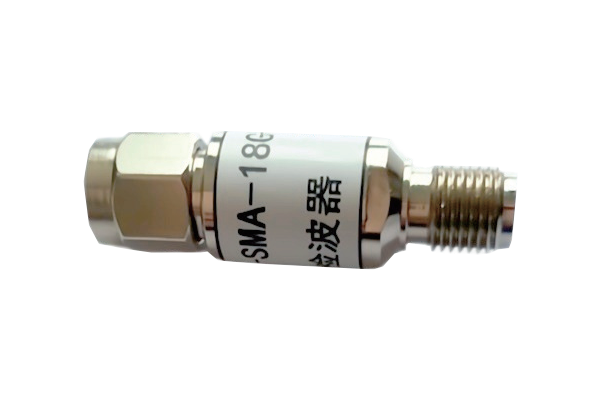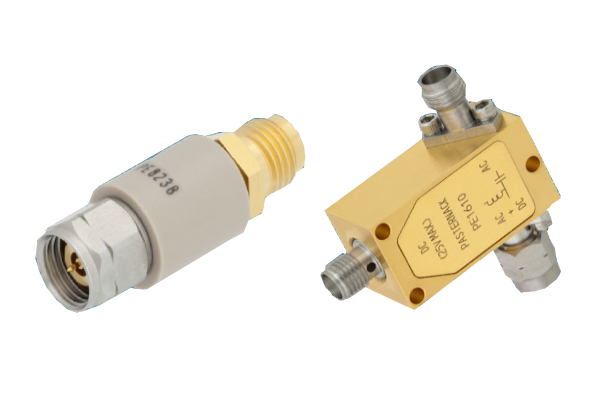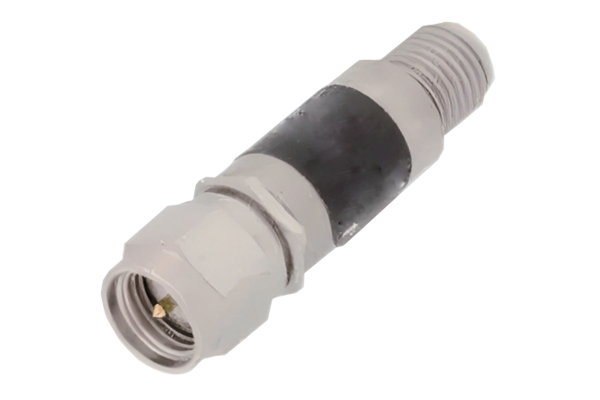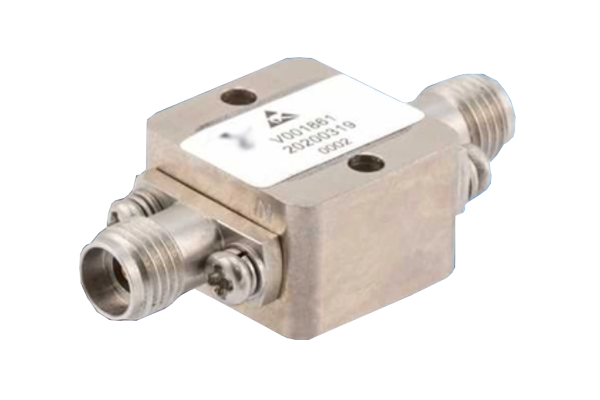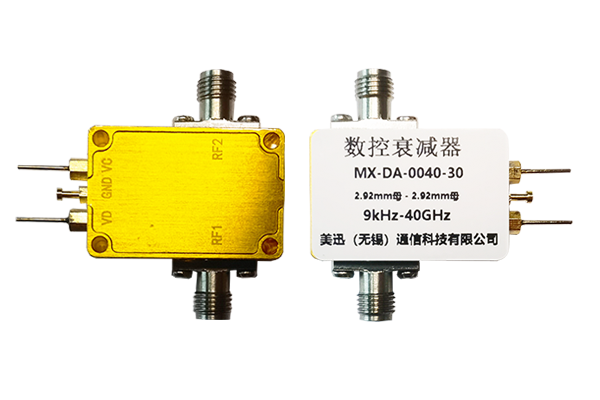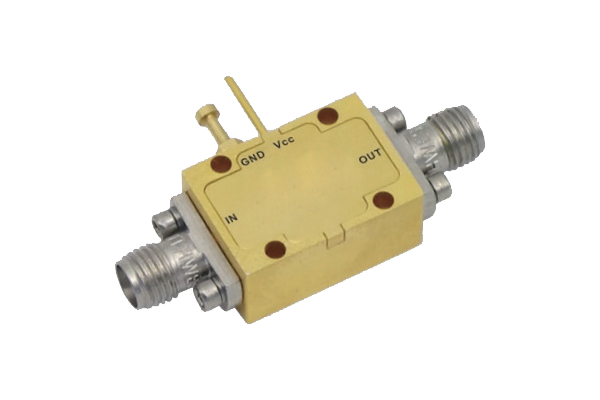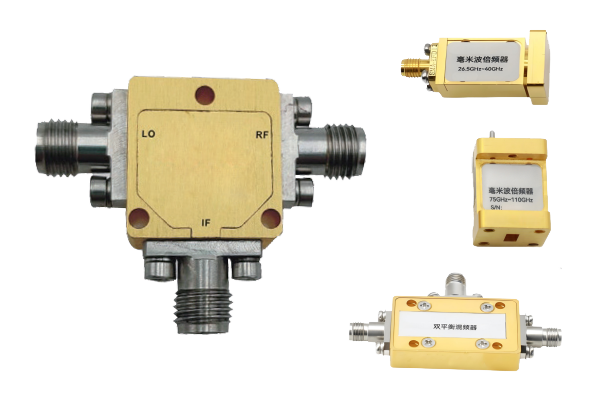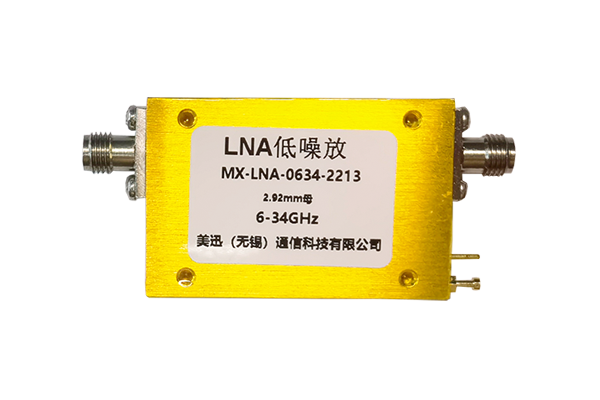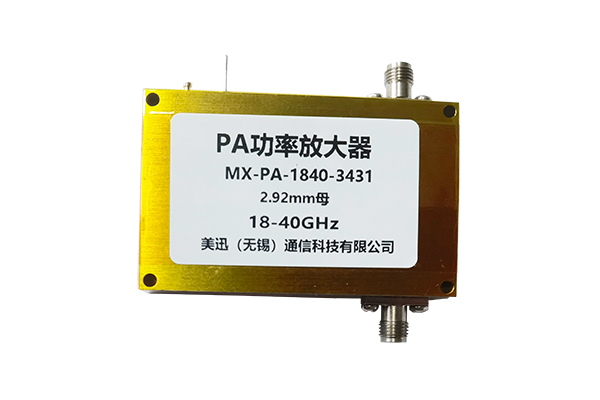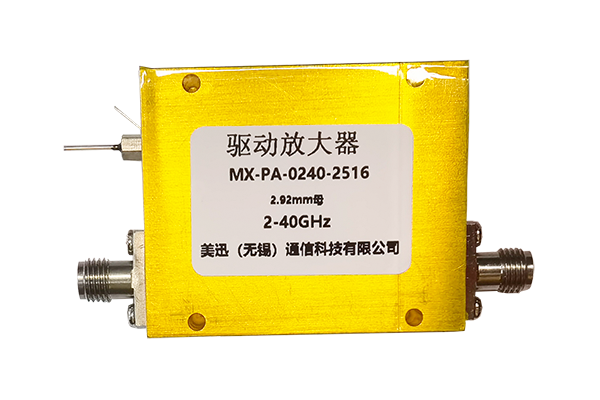How is the reliability of a waveguide switch ensured
Waveguide Switch Reliability Features
The reliability of a waveguide switch is ensured through a comprehensive combination of robust structural design, high-quality material selection, rigorous performance testing, effective environmental protection, and stable control mechanisms.
Robust Structural Design
Waveguide switches are engineered with precise, rigid structures to avoid signal path deviations or component misalignment, which can disrupt performance.
Key components like waveguide channels and switching actuators are designed with tight tolerances, ensuring that each part fits and operates as intended even after repeated use.
Connection points between waveguide segments are sealed to prevent signal leakage and maintain consistent signal flow, while the switching mechanism is built to move smoothly without jamming.
High-Quality Material Selection
Manufacturers choose materials that can withstand mechanical stress, temperature fluctuations, and chemical exposure.
Metals with high strength and corrosion resistance are often used for the waveguide body, as they maintain structural integrity in harsh conditions.
For internal components like actuators or insulators, materials with stable electrical and mechanical properties are selected to avoid degradation over time.
Rigorous Performance Testing
The switches undergo extensive testing under various conditions, including extreme temperatures, humidity, vibration, and voltage fluctuations.
These tests simulate real-world usage scenarios to identify potential weaknesses. Testing may involve cycling the switch repeatedly to ensure the mechanism remains functional after long-term use.
Only switches that meet strict performance standards during these tests are approved for use.
Additional Reliability Measures
- Environmental protection: Sealed enclosures prevent dust, moisture, or debris from entering internal components
- Protective coatings: Applied to resist corrosion or UV damage in harsh environments
- Stable control mechanisms: Electronic or mechanical control systems designed for precise, repeatable actions
- Redundant circuits: Integrated in electronic controls to prevent failures if one component malfunctions
- Durable actuators: Mechanical controls use low-friction components to avoid wear over time
Reliability Outcome
This combination of reliable control and structural resilience ensures the waveguide switch maintains consistent performance, minimizes failures, and operates reliably over time, even in demanding applications such as aerospace, industrial environments, and communication systems.




